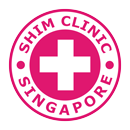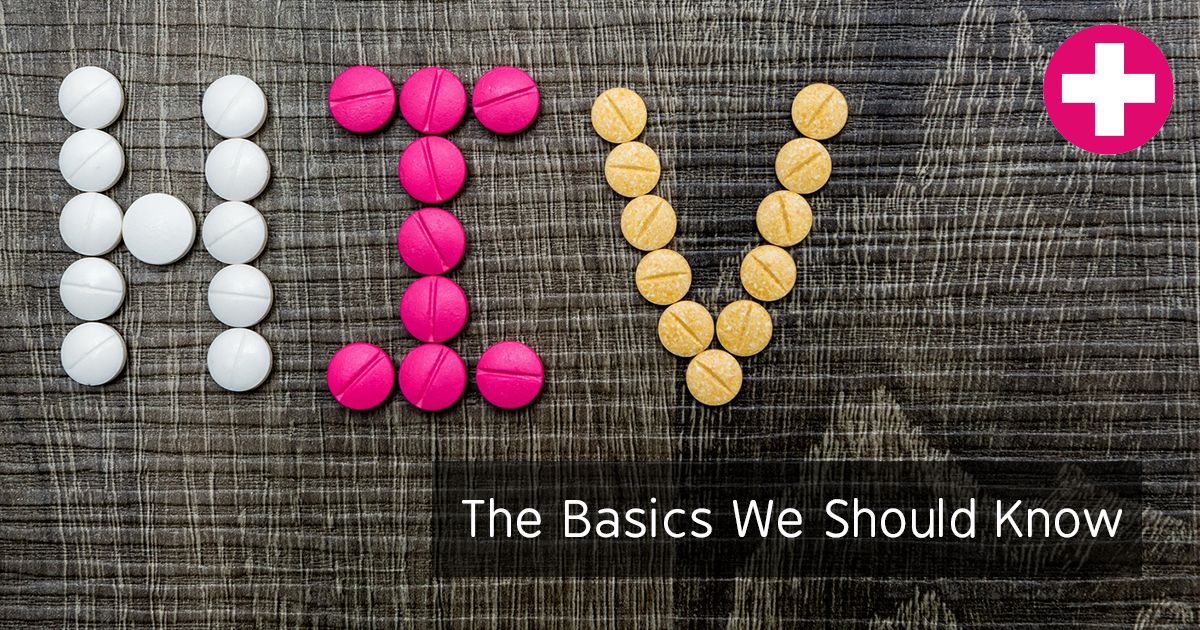What is it?
HIV stands for Human Immunodeficiency Virus. It is a human specific (can only infect humans) virus that attacks the T-cells of the immune system. T-cells are the detector cells of the immune system, attacking foreign antigens they encounter in the blood stream.
The HIV virus invades the T-cells. Once in they take over the cellular machinery, like an invading army and force the cell to stop its regular function and make thousands of copies of viruses until the cell is so full it bursts. In this way, HIV not only replicates but destroys the very cells that would detect and eradicate it.
Every so often however the virus does not take over the cell, instead it inserts a copy of the full viral DNA in amongst the cells genes. HIV can hide here, dormant until an unknown event activates the virus once more and it comes out to start a new wave of invasion. It is this integration into the cellular DNA that means there is no cure for HIV. The antivirals can only attack the HIV virus that is in the open.
AIDS stands for Acquired Immune Deficiency Syndrome and is the name for the disease that follows from the destruction of the immune system. You can be HIV positive (have the virus) without having AIDS. So long as the viral load (the amount of virus) is controlled then AIDS can be prevented.
What does AIDS do?
AIDS was identified in 1982 among homosexual men in San Francisco with a spate of rate cancers. First called Gay-related Immunodeficiency disease GRID, it was seen by some as a judgement from God on the Gay community. It was not until a group of haemophiliacs became infected as the result of contaminated blood donation that doctors realised it was blood borne and not the result of the Gay lifestyle. They renamed it AIDS and for a decade it was the most feared disease in the world.
I once sat through a medical lecture given by a doctor who worked in the early 1980’s at Fairfield Hospital in Melbourne, the only hospital in Australia that would treat AIDS patients. She described the case study of her first patient with AIDS. It was a medical mystery. A deadly disease origin unknown that ravished the body. She watched helpless to offer any treatment as his body succumbed to rare cancers, his jaw and nose eaten away by fungal infections. By the end of the lecture, there was not a dry eye in the house. This is a truly terrible disease.
How do you catch HIV?
HIV is spread by infected bodily fluids, namely blood and semen. It is not spread by human waste, casual contact or saliva. It is safe to sit next to or hug someone who is HIV positive without risk of infection.
The most common ways to catch HIV is to sleep with someone who is HIV positive or share needles.
According to the Ministry of Health, most new AIDS infections in Singapore occur in single men aged between 30-34 years of age.
Can HIV be cured?
No, but it can be prevented.
The easiest way to avoid getting HIV is to avoid contact with bodily fluid. This included rejecting promiscuity, using protection such as condoms and safe use of needles.
There have been huge strides in HIV research in modern times. If you are at high then taking prophylaxis can prevent infection and integration of the virus (Pre-exposure Prevention PrEP. If you believe you have come into contact with the virus then early treatment with antivirals can destroy the virus before it integrates and becomes a permanent fixture in your system. Such treatments are known as HIV PEP (Post-exposure Prevention PEP).
HIV has been effectively prevented from transfer from infected mothers to their infants using antivirals to reduce the viral load prior to birth.
Due to the use of antivirals HIV is no longer a death sentence. The viral load can be kept below the level that causes disease and someone with HIV can now lead a full and useful life.
Prevention is better than cure.
During the 1980’s there was a global campaign to raise awareness of AIDS and stop the spread. This campaign caused a marked reduction in HIV infection. However, AIDS is once again on the rise and the knowledge that there is a treatment has caused some to become careless with regards to HIV. In Singapore at the end of 2014, there were 6,685 infected with 1,737 deaths according to the AFA Action for AIDS Singapore website.
The treatment is effective but it is unpleasant, causing cold-like side-effects as it stimulates the immune system and many come of the drugs due to the unpleasant side effects. The HIV is an RNA virus, and these viruses have a high mutation rate. Already resistant strains are popping up across the world.
It still kills and it will make your life miserable. You will need to deal with the stigma of being HIV positive which is still prevalent in society. You will be on medication for the rest of your life and there is no guarantee that the medication will continue to work. Anti-viral resistant strains will kill you. If you think you may be infected get to a doctor, if caught early enough the infection can be prevented from progressing to the infectious stage. But the best way is to avoid getting it in the first place.
Be HIV aware and be safe.
HIV myths:
Sleeping with a virgin will cure HIV – Not true. A virgin is less likely to be infected by HIV (but remember it is not just sex that spreads it) so you are not likely to catch HIV from a virgin. But sleeping with someone who is not infected will not cure you of the virus. All it will do is infect the person you are sleeping with.
You can catch HIV by touching a HIV infected person – Not true. You need to be exposed to an infected person’s blood or semen to be infected. Being in close proximity or touching them will not cause you to become HIV positive, especially if they are taking antivirals.
You can catch HIV from a toilet seat – Not true. HIV is spread by blood and semen only, not through urine or faeces. HIV does not survive well outside the body. You will not catch HIV by using a toilet.
There you go, hope this blog article has given you a good overview. This is our first blog post and we will be publishing more articles like this in the future. In the meantime, if you have any queries you need answered, don’t hesitate to contact us – details are at our Shim Clinic main website.


Pingback: All about HIV
Pingback: HIV PrEP – beautysingapore.com/c